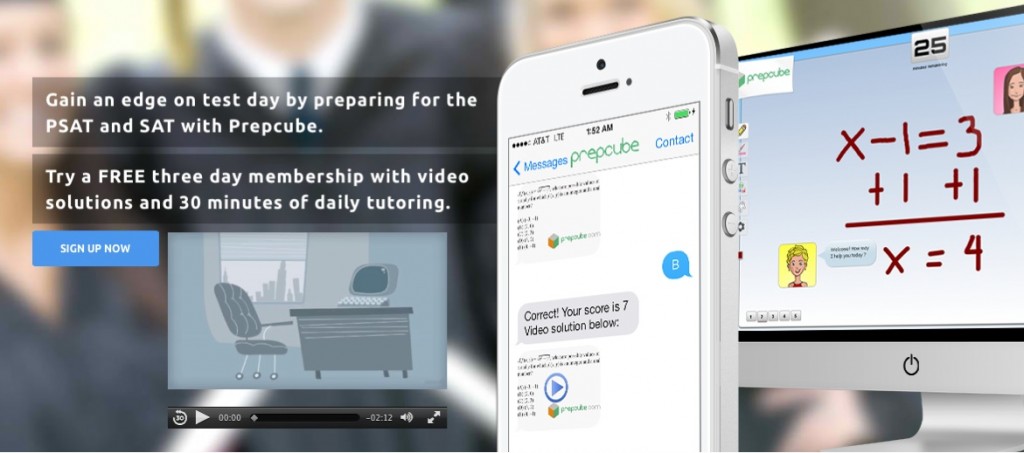 I’m well acquainted with this necessary parenting technique: I had an unmotivated student. It’s not that he wasn’t capable of achieving academic success; it was just that he didn’t have the motivation or the desire to do his best. He never soared in high school, or in the first semester of college, but he did reach his academic potential, finally.
I’m well acquainted with this necessary parenting technique: I had an unmotivated student. It’s not that he wasn’t capable of achieving academic success; it was just that he didn’t have the motivation or the desire to do his best. He never soared in high school, or in the first semester of college, but he did reach his academic potential, finally.
It was hard having a child who didn’t grasp his full potential, no matter how much I told him he was capable of straight A’s. It just didn’t matter to him. Passing with average grades was good enough for him. Those grades, however, contributed to some difficult life choices and some hard lessons along the way. In the end, there were four factors that finally motivated him academically:
1. Good old-fashioned competition
My son chose the Marines over attending college; partly because of his grades and partly because the regiment and rules of the military appealed to him. My daughter worked hard in high school and attended college on several scholarships. My son watched her work hard and study and attended her college graduation with us. He had always felt she was smarter than him and that’s why she excelled. But the fact that she had that degree and he didn’t, made him think long and hard about what he wanted after his 4-year stint in the Marines.
2. Economic realities
After getting out of the Marines and immediately starting college, he crashed and burned. He wasn’t ready for the rigors of studying again and he failed miserably his first semester. After that he chose to go to work; and that meant he would be taking a minimum wage job until he found something better. That something better never came and he realized that in order to compete in the workforce, he needed that college degree.
3. The desire to prove something (mostly to himself)
Often, the key to motivating teens is to prove to them it’s possible to achieve a particular goal. He had much to prove: he had to start over at a community college, make good grades so he could transfer to a 4-year college, and stay with it until he finished. This one factor is probably what kept him motivated to graduate; and not just graduate, but graduate with summa cum laude with honors.
4. The promise of a positive outcome
My son knew that a college degree would affect his ability to gain employment in a market when most applicants were college graduates. He also knew that his academic achievements would be a plus on his resume and during job interviews.
The basic point here is that motivating an unmotivated student isn’t an easy task. Unfortunately for my son, I realized too late what would motivate him. The self-motivators, like my daughter, are never a problem. It’s the ones who aren’t motivated no matter what you try. If I had only known these four factors with my son, he might have been accepted at one of the military academies. Hopefully, my lessons learned might help other parents who struggle with unmotivated students.
Read Wendy’s post: Using irony and a proverb as self motivation for your teen
++++++++++++++++++++
Wednesday’s child may be full of woe but Wednesday’s Parent can substitute action for anxiety.Each Wednesday Wendy and I will provide parent tips to get and keep your student on the college track. It’s never too late or too early to start!
The bonus is on the fourth Wednesday of each month when Wendy and I will host Twitter chat #CampusChat at 9pm ET/6pm PT. We will feature an expert on a topic of interest for parents of the college-bound.
Wednesday’s Parent will give twice the info and double the blog posts on critical parenting issues by clicking on the link at the end of the article from parentingforcollege to pocsmom.com and vice versa.











 Happily, two Auburn University grads saw the need and started Bellhops to solve the mass moving needs on college campuses in a short time period. They provide college kids for small-scale moving help all over the country. In fact, they are operating in 121 cities. They have over 100 student ‘Bellhops’ in each of their cities which allows you to book them on-demand. Instead of creepy day laborers or craigslist strangers, Bellhops are just great college kids that are ready to treat you like family and take care of your grunt work.
Happily, two Auburn University grads saw the need and started Bellhops to solve the mass moving needs on college campuses in a short time period. They provide college kids for small-scale moving help all over the country. In fact, they are operating in 121 cities. They have over 100 student ‘Bellhops’ in each of their cities which allows you to book them on-demand. Instead of creepy day laborers or craigslist strangers, Bellhops are just great college kids that are ready to treat you like family and take care of your grunt work.